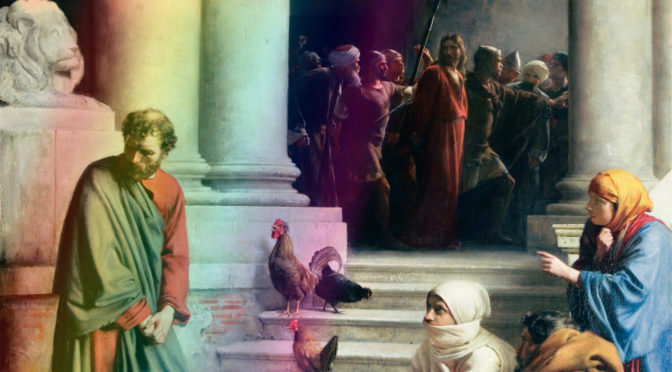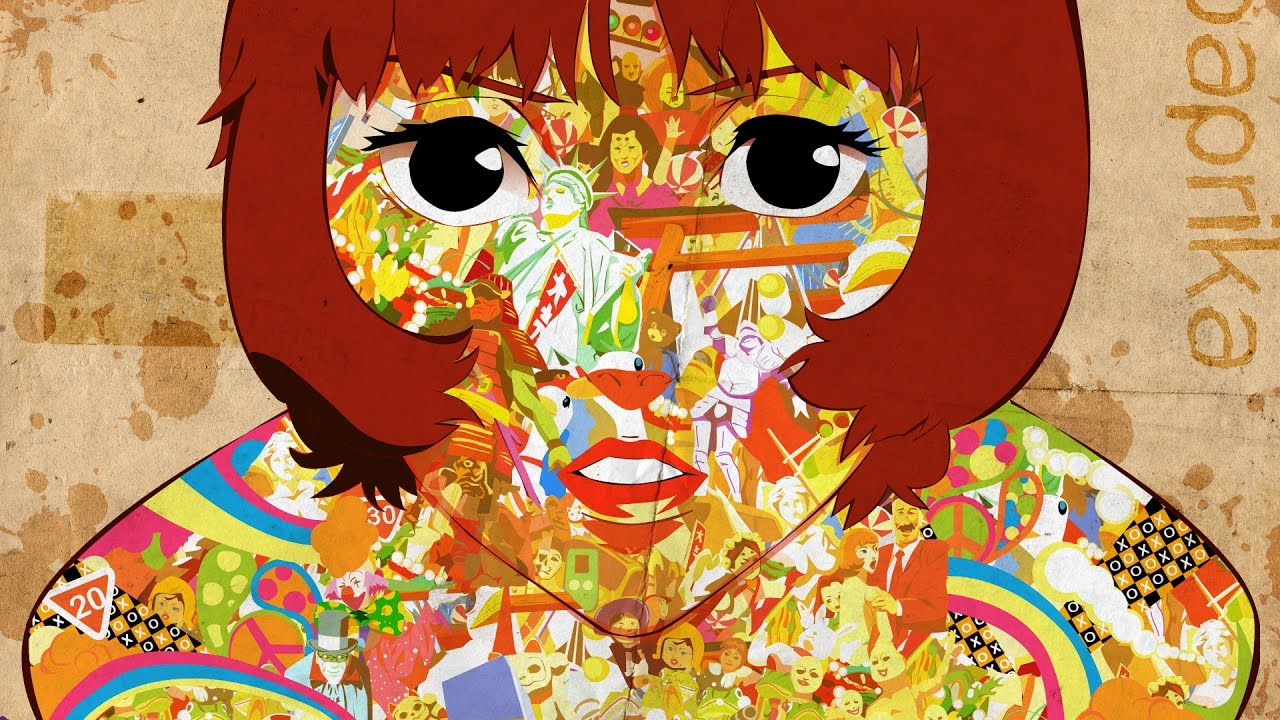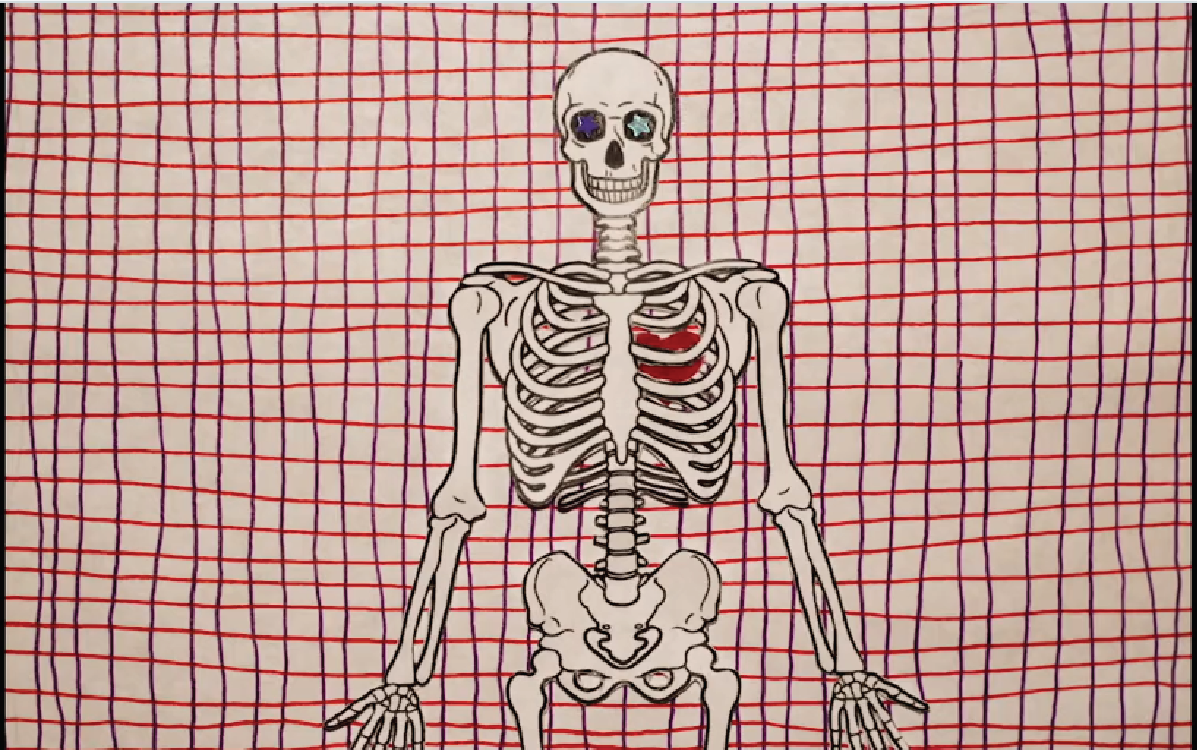by Devin Ricky Sudweeks
Mormon culture is decidedly heteronormative—a term I only started to encounter recently but one that I am now intimately familiar with. Perhaps it became more popular as LGBTQ issues took prominence. Regardless, my experience sprouts from two facts; I am gay, and I am a Mormon.
As a gay Mormon, I have a lot of uncomfortable conversations. My greatest frustration is how quick people in the LDS community are to try to relate to me or to offer me advice and counsel—regardless of their doctrinal or political position—without attempting to simply listen to what I have to say. They rarely ask what I think—and even more rarely do they ask how I feel.
One large problem stems from the two advice/conversation pieces which all young, gay Mormons receive from other sympathizing Mormons: how they will find happiness and how they will deal with the friction between their religion and their sexuality. For the LGBTQ Mormons I know, both scenarios have left them with serious questions about their identity and place in the world.
Creating the Game
I wanted to create a game to follow the coming of age of a young, gay Utahn. In it, I aimed not to preach a viewpoint, but to recreate an underrepresented experience. As so, I began with more raw sources: anecdotes—personal experiences of mine as well as those of my friends and acquaintances. These anecdotes helped me build an authentic narrative—enhanced by soft aesthetics and hard themes. And, they were the first sources that sparked the game
Along with this main, more intimate, research, I found academic sources to aid in the development of my game. William Bradshaw, along with other authors, wrote about the maturation and self-acceptance process gay Mormon men go through, hitting several points I decided to cover in the game including the realization of homosexuality in puberty, exploration of faith in adolescence, and psychological counseling in one’s early twenties (Bradshaw 312). Jennifer Sinor references high rates of suicide among gay teens in Utah and the Church’s heavy backing of Proposition 8 (77). Conversely, Stephen Cranney found in a study of LGB Mormons that they were mentally healthier than LGB non-Mormons, and also that church attendance does not benefit Mormons as much as it does non-Mormons—perhaps due to social stigma (737). Rather than applying all of these specific examples and statistics in the game, I instead stretched them to seep into my personal collected anecdotes—often working to reflect my own life. For instance, the in-game protagonist does not struggle with suicidal thoughts as a teenager because I, myself, did not experience them until college.
Together, personal anecdote and academic research fused together to make a narrative that is hopefully wide-speaking and serves the purpose of partially representing what it’s like to grow up gay and Mormon.
Altogether, the game encourages compassion and discourages judgment.
Works Cited
Adichie, Chimimanda. “The Danger of a Single Story.” Youtube, Oct. 7, 2009, https://youtu.be/D9Ihs241zeg.
Bradshaw, William S., et al. “Religious Experiences of GBTQ Mormon Males.” Journal for the Scientific Study of Religion, 2015, pp. 311-29.
Cranney, Stephen. “The LGB Mormon Paradox: Mental, Physical, and Self-Rated Health among Mormon and Non-Mormon LGB Individuals in the Utah Behavioral Risk Factor Surveillance System.” Journal of Homosexuality, 2017, pp. 731-44.
Sinor, Jennifer. “Out in the West: The Mormon Church is Going mainstream—and Leaving its Gay Members Behind.” American Scholar, 2011, pp. 76-87.




